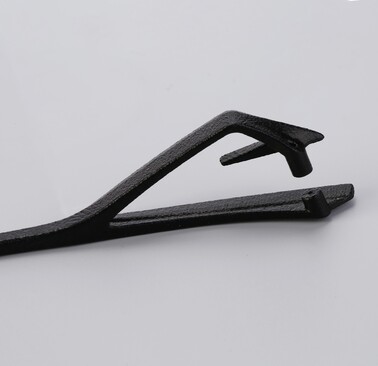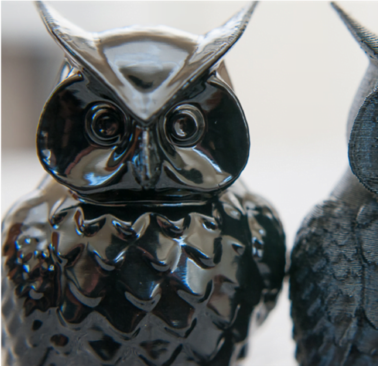What is vapor smoothing?
Vapor smoothing is a post-processing technique used to improve the surface finish of 3D printed nylon parts.
It involves exposing the parts to a controlled vapor of a solvent that slightly melts the outer layer of the material.
Vapor smoothing smooths out layer lines and surface imperfections, resulting in a sleek and polished finish.
It enhances both the aesthetic and mechanical properties of nylon parts.















